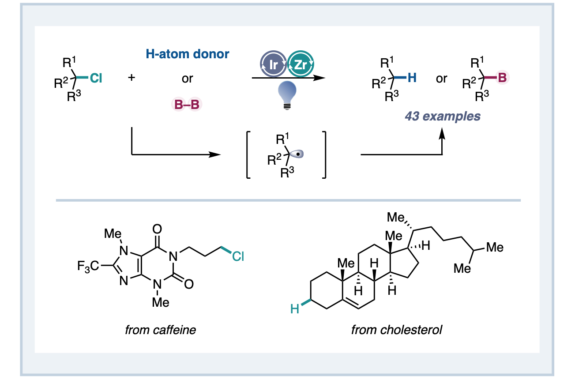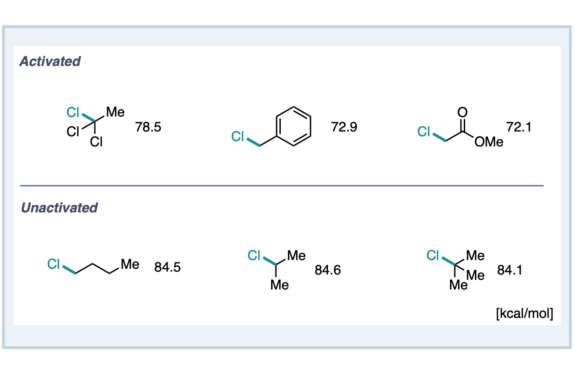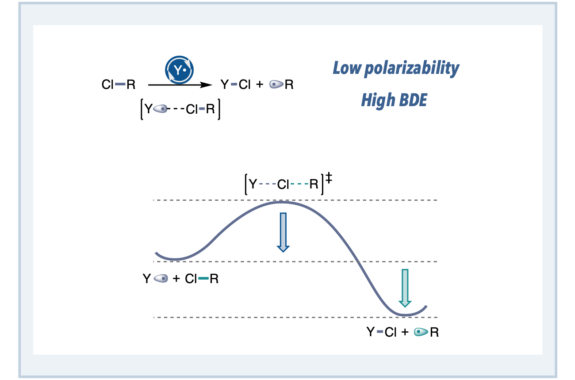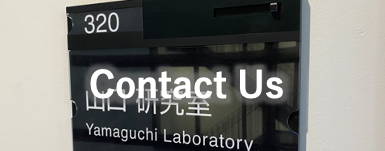- Home
- Product
- Chlorine Atom Transfer of Unactivated Alkyl Chlorides Enabled by Zirconocene and Photoredox Catalysis
Chlorine Atom Transfer of Unactivated Alkyl Chlorides Enabled by Zirconocene and Photoredox Catalysis
Today:3views / Total:1,390views



Chlorine Atom Transfer of Unactivated Alkyl Chlorides Enabled by Zirconocene and Photoredox Catalysis
Toshimasa Okita, Kazuhiro Aida, Keisuke Tanaka, Eisuke Ota, and Junichiro Yamaguchi Precis. Chem. 2023, ASAP.
Alkyl chlorides are robust precursors to carbon radicals; however, their relative inertness has hampered their practical use. Although modern photochemical strategies have greatly enhanced the utility of alkyl chlorides as radical precursors, these methods often depend on strongly reducing conditions leading to unproductive side reactions. Here, we report a catalytic radical generation from 1°, 2°, and 3° unactivated alkyl chlorides with zirconocene and photoredox catalysis, which enables both hydrogenation and borylation on a range of structurally complex molecules. This mild zirconocene-catalyzed protocol shows that zirconium can render the C–Cl bond cleavage more exergonic and can lower the activation energy of the transition state, amplifying the ability of metallocenes toward halogen atom transfer.



 日本語
日本語 中文
中文











